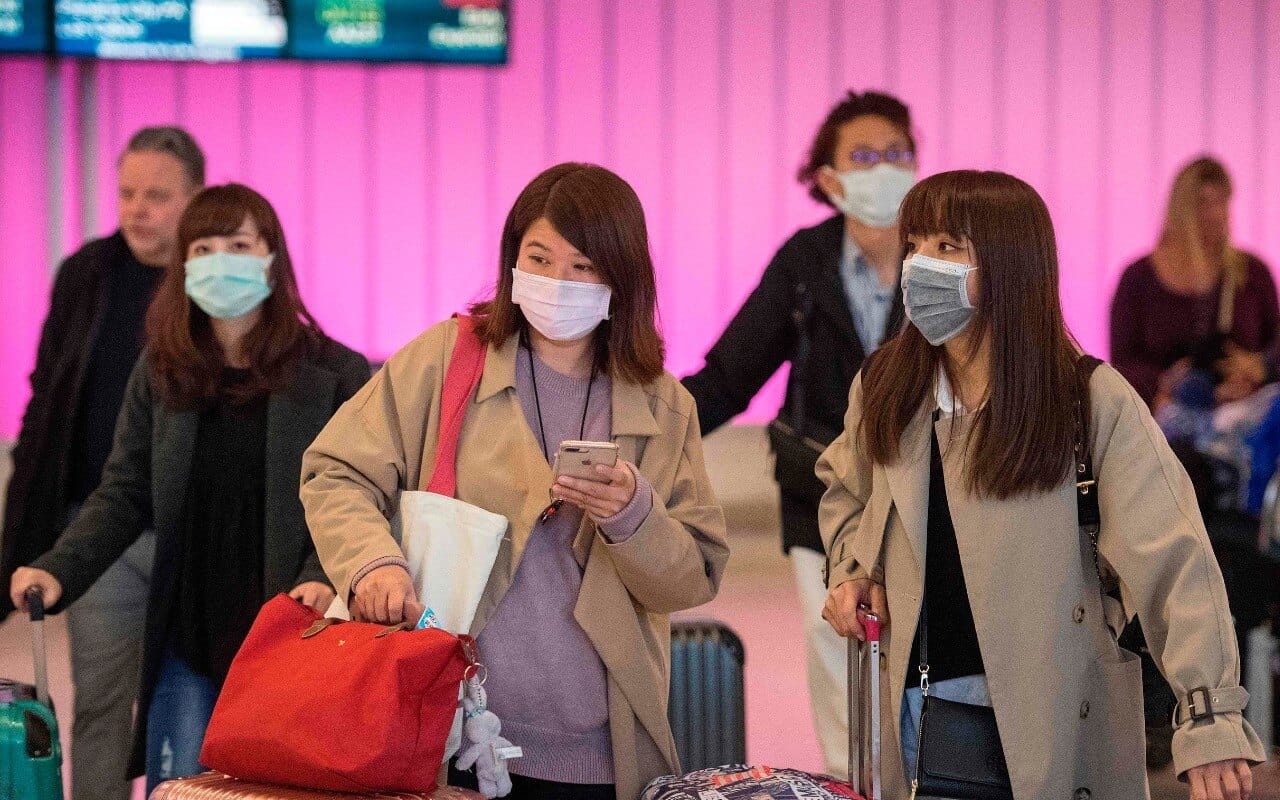When the virus is new there are several speculations about its spread through various sources and after the several formulas of direct contact with an infected person, droplet transmission and contact with contaminated surfaces as the most common routes of transmission for novel coronavirus finally, the WHO has acknowledged that the Coronavirus is airborne and it remains in the air for 8 hours.
According to the recent news updates, after insisting for months that the novel coronavirus is transmitted via respiratory droplets produced when an infected person coughs or sneezes, the World Health Organization (WHO) on Tuesday confirmed that the COVID-19 is airborne and it remains in the air for 8 hours.
This makes things pretty serious and now wearing a mask all the time becomes the primary concern to protect yourself from the virus.
According to the World Health Organisation there are recent evidence that has displayed that the SARS-Cov-2 virus (COVID-19) can be spread by tiny particles suspended in the air. An airborne disease is any condition caused by a microbe transmitted through the air.
The statement from the WHO came following the group of scientists has written to the UN health agency saying there is an evidence that coronavirus in smaller particles in the air can infect people.
According to the reports, a group of 239 scientists from 32 countries accused the agency of underestimating the possibility of airborne spread of coronavirus, which has so far infected about 11,693,770 people and caused at least 539,620 deaths worldwide.
WHO’s officials have, however, cautioned that the evidence is preliminary and further assessment is required.
“The possibility of airborne transmission in public settings, especially in very specific conditions, crowded, closed, poorly ventilated settings that have been described, cannot be ruled out,” Benedetta Allegranzi, the WHO’s technical lead for infection prevention and control, said at Tuesday’s briefing in Geneva. he evidence needs to be gathered and interpreted, and we continue to support this.”
However she said that the there is a need of gathering the of more evidences in this case. “The evidence needs to be gathered and interpreted, and we continue to support this,” she added.
Maria Van Kerkhove, technical lead on the COVID-19 pandemic at the WHO, said the agency would in the coming days publish a scientific brief summarising the state of knowledge on modes of transmission of the virus.
What Happens When Airborne Virus Enters into Your Body
According to the reports, once the Airborne Virus enter your body the inflammatory reactions in the upper airways begins affecting the Nose, Sinuses, Throat and Lungs which results into the nasal congestion, and sore throat.
There are evidences which shows that some airborne viruses can even attack the heart, kidneys, and nerves and not just the respiratory system. The researchers have found that the SARS-CoV-2 virus can damage the entire human body, including the heart, kidneys, liver, nervous system, etc. Experts said the virus triggers an imbalance in the immune response and excessive inflammation, resulting in collateral damage throughout the body.
How to Protect Yourself from Airborne Infection
Wash your Hands Frequently with soap and water for at least 20 seconds.
Make use of Sanitisers to disinfect your hands after every physical connection.
Wearing the Face Masks Every-time you go out.
Staying away from crowded places and gatherings.
Keep checking yourself with the existence of any symptoms and consult a doctor.















2 thoughts on “Finally, the WHO Confirms COVID-19 Is Airborne and Remains 8 Hours in the Air”
Are crazy?!!! WHO until now no development of what you can about covid 19? And there’s no possible vaccine or antidote only what you can say is airbone. And no solution. Who are you? Your just a piece of person watching and looking of know nothing? Thier is no microscope to tell about covid19 virus? Then how can people or ordinary people help to thier own living?
Just only telling about of nothing to do.
What is the true like what droplet or microdropplet?